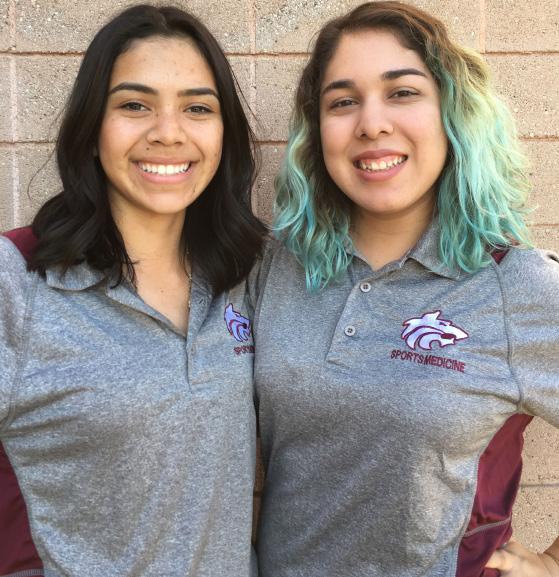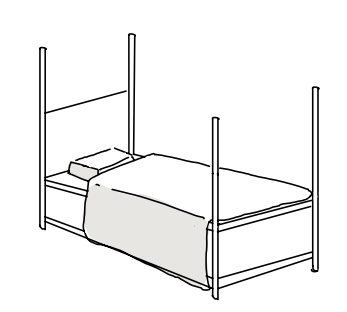Students Aid Athletic Trainers

Athletic trainers are healthcare professionals who provide emergency care, clinical diagnosis,injury assistance, analysis on medical conditions, and medicine that helps athletes when they are injured or sick. Senior Julia Cisneros and junior Amanda Flores, two of the student athletic trainers at CHS, are always prepared to assist students if they get hurt.
Flores got in contact with the head of the student athletic training program, Heather Pedevillano, in the beginning of her sophomore year and immediately started a two-week long training process in order to become a student athletic trainer. Throughout this process, she slowly got new and different tasks from Pedevillano. The better Flores got, the more responsibilities she received.
“I was interested in this field, and I might major in it in college. I started athletic training at the beginning of my sophomore year and slowly worked my way up to achieving more advanced injury problems. The longer I’m here, the more I get to know and experience,” Flores said.
The process of becoming a student athletic trainer involves a two week long training session before actually treating the injured athletes. There is a 50-70 word vocabulary test during these two weeks that has to be passed before being a part of the program. Student athletic use these required vocabulary words to describe where exactly the injury occurred. Cisneros started as a student trainer her junior year and has enjoyed the opportunity ever since.
“Freshman year, I played soccer, so I had an idea of what responsibilities being an athletic trainer takes from visiting [the athletic training room] from time to time. After a few years, I realized it’s something I wanted to do. I started at the beginning of my junior year and noticed it takes a lot to know and get used to, especially with vocabulary words. But both the learning and the experience is a lot of fun, and the more I practice, the more I get to know,” Cisneros said.
Not only do the student athletic trainers provide health care, but they also give water to all the sports teams during their games and practices. It is also required that student athletic trainers attend all football games or any other high contact sporting events in case of an emergency. The student athletic training room is open every weekday until seven, right after all athletes go home. This course is also counted for earning P.E. credits, similar to a normal sports season
From providing healthcare to diagnosing injuries for athletes, student athletic trainers support their patients in any way needed. They are always ready and prepared for whatever comes their way. Being a key part of a team’s health, both Cisneros and Flores agree that it is important to help others and keep athletes going and doing what they love.
Hello there! Our goal is to provide relavent, engaging journalism for readers of all ages. Your donation will support the student journalists of the Wolfpacket at Claremont High School, and will allow us to purchase equipment, print our monthly issues, and enter in journalism competitions. We appreciate your consideration!






